In situations where a tooth is severely decayed or damaged beyond repair with fillings or crowns, tooth extraction may be considered as a final option. When a tooth cannot be restored, removal becomes a suitable course of action.
However, at Thousand Smiles, our dentist understands the importance of discussing all available options with patients. During your consultation, our dentist will thoroughly evaluate your specific case and provide you with a comprehensive understanding of the available alternatives. If tooth extraction is deemed necessary, our dental practice can assist you in scheduling an appointment for the procedure.
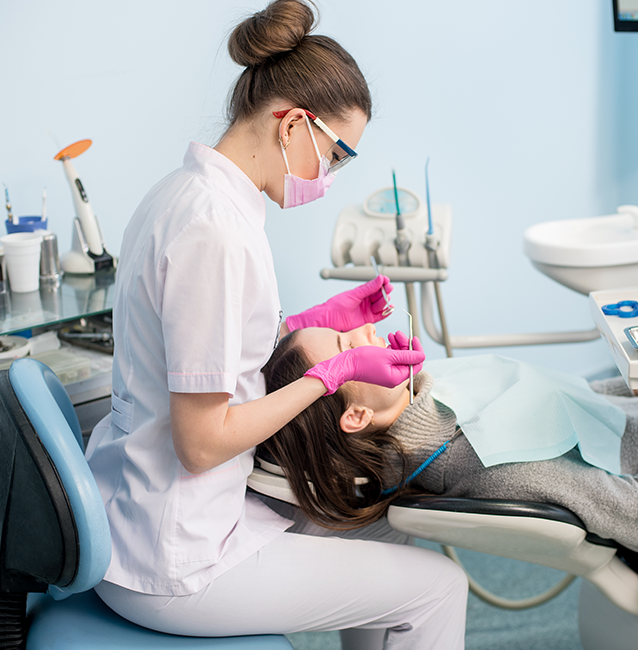
Tooth removal becomes necessary in various situations. Your dentist may recommend this procedure if you have:
Our dentist at Thousand Smiles can perform the extraction of a damaged tooth. However, if your tooth extraction is more complex, it may require the expertise of an oral surgeon in a hospital setting. In many cases, it is possible to return home on the same day.
Thousand Smiles is home to experienced dental practitioners who possess extensive expertise in addressing various dental concerns. If you are experiencing pain and suspect that a tooth extraction may be necessary, we encourage you to visit our dental practice. Our team will be happy to assist you and provide the necessary guidance.
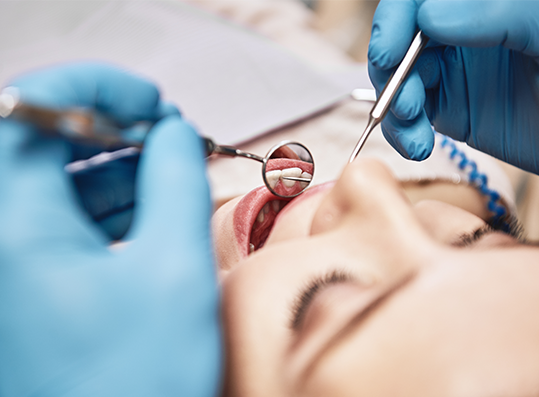
The dentist will explain the procedure to you in detail and ask about your medical and dental history. Ensure you inform the dentist if you have any medical conditions, recent surgery or allergies, including the medications you are taking.
Our dentist will discuss what will happen during the procedure. If you aren’t sure about anything, ask the dentist about it. It is important to be fully informed as it helps you feel more comfortable and give your consent to carry out the procedure.
Tooth removal is usually under local anaesthetic, which blocks pain from the gums, but you will still feel pressure. You will remain awake during the tooth removal, so you will be aware of what happens.
If you feel anxious about the procedure, we may administer a sedative to stop the anxiety and help you relax and feel sleepy.
Tooth removal under general anaesthesia is an option for adults with learning disabilities or young children. However, our dentist may use general anaesthesia if you need to remove several teeth, or the extraction procedure will be more difficult.
A periapical abscess occurs when bacteria enter the core of the tooth containing the nerves, blood vessels and connective tissues (pulp). The bacteria may enter the tooth through a crack or chip in the dental cavity, and it can spread to the tooth root. An inflamed and swollen root top may result from the infection.
The dentist will administer the local anaesthetic into the area around your teeth or tooth, then wait a few minutes for the anaesthesia to become effective and ask a few questions to know if it is taking effect.
The tooth root is anchored in a socket in the gum, so for the extraction, the dentist will widen the socket and loosen the tooth before taking it out. In some cases, the dentist will need to stitch the empty socket to let it heal.
You may feel pressure in your mouth as the dentist extracts the tooth, but the procedure shouldn’t be painful. If you feel pain, inform the dentist immediately.
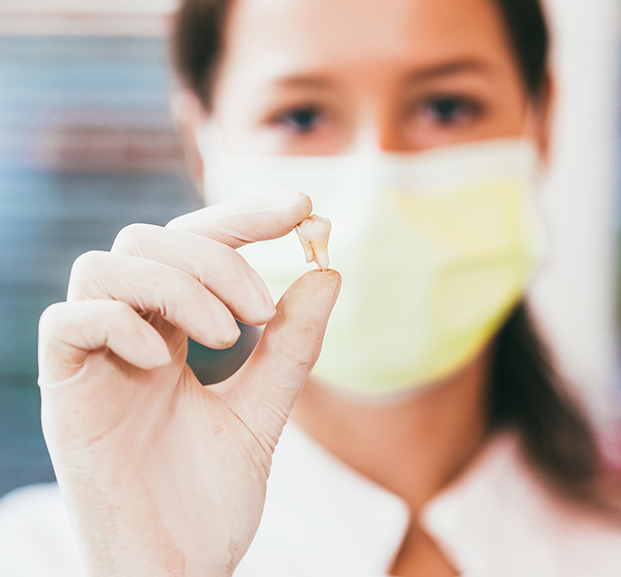
You may experience a brief period of gum bleeding post tooth extraction. Your dentist will provide a soft absorbent pad to apply pressure on the site, aiding in blood clot formation. You’re safe to leave once the bleeding ceases.
Prior to your departure from the Thousand Smiles, the dentist or oral surgeon will offer guidance on maintaining oral hygiene and the wellbeing of your gums and teeth. Your dentist might suggest using an antimicrobial mouth rinse and analgesics to manage discomfort. Prescribing antibiotics could be an option to lower the chances of developing an infection.
Should your procedure involve the use of sedative or general anaesthesia, it’s crucial to rest until its effects completely diminish. Make arrangements for a relative or friend to accompany you home and stay with you for at least the day, or until the anaesthesia has fully subsided.
A follow-up appointment after tooth extraction may not be necessary, but a check-up to see if you are healing properly might be necessary if the procedure is complicated. We will inform you if you need a follow-up appointment.
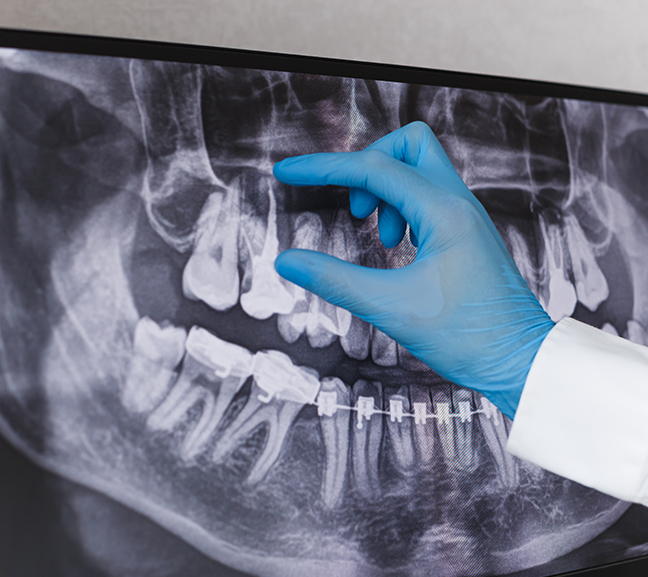
Many individuals are able to return to their usual routines on the day of the extraction, although a few days of recovery might be necessary following a complex surgical extraction.
If you underwent the procedure with local anaesthesia, it might take several hours for sensation to fully return to your mouth. It’s recommended to refrain from consuming hot food or drinks until the numbness has completely worn off to avoid accidental burns. While your mouth is numb, be mindful not to inadvertently bite your tongue during speech, eating, or drinking. Consider prioritising rest, keeping your head elevated to promote clot formation and minimize bleeding.
Once the anaesthesia wears off, you may experience discomfort in your mouth. Over-the-counter painkillers, such as ibuprofen or paracetamol, can be effective for pain management. Your dentist may even advise a combination of both. Always ensure you read the accompanying information leaflet for your medication and consult the pharmacist if needed.
Some patients might encounter an increase in pain around the third day post-procedure. However, this discomfort typically diminishes within a week to ten days, which is perfectly normal. If you experience escalating and intense pain, it’s important to reach out to your dentist to rule out complications such as infection.
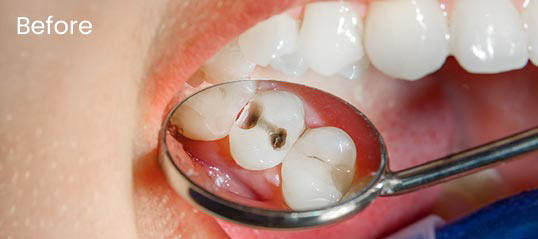
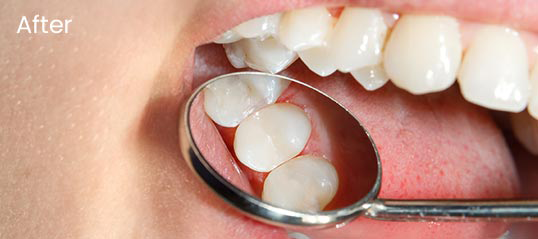
Depending on the extracted tooth and the rationale behind its removal, you might have stitches. These will dissolve within 7 to 10 days, eliminating the need for a separate appointment for their removal.
In the initial 3 to 4 days post-surgery, brush cautiously to avoid trapping food particles, but refrain from dislodging any newly formed blood clots in the tooth socket.
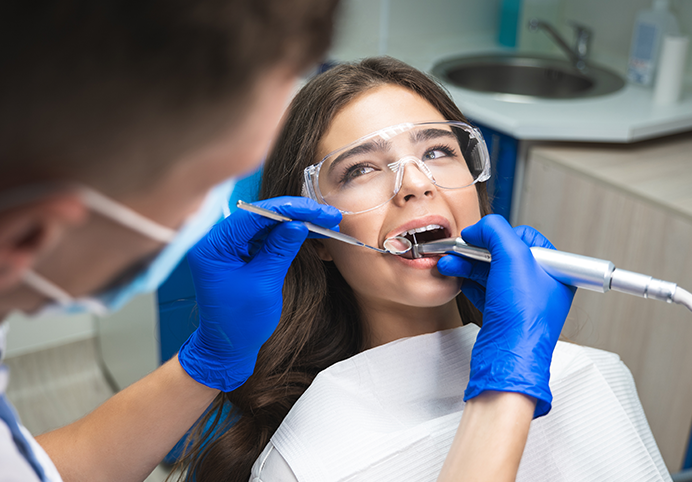
Following a tooth extraction, it’s not uncommon to encounter certain side effects, though these should naturally diminish over time.
Post-extraction, you might experience mild discomfort and swelling for a few days. To alleviate this, applying a pack of frozen peas or an ice pack wrapped in a towel can be highly effective. Any discomfort should resolve itself within a ten-day timeframe.
Bruising might persist for a few weeks post tooth removal, and you might feel your jaw being stiff for about a week. If your jaw is stiff, avoid forcing it open.
Bleeding is a common side effect, which might continue for 1 to 2 days. The presence of saliva might give the impression of increased blood flow than what is actually occurring. Nevertheless, if the bleeding continues, it’s essential to get in touch with your dentist. Implementing these tooth extraction aftercare tips will go a long way in ensuring a smooth and swift recovery, getting you back to your daily routine in no time.
There are certain complications that can arise post tooth extraction, including:
This might happen during the extraction process, particularly if a neighbouring tooth has a large crown or filling.
Post extraction, the teeth adjacent to the extraction site may experience heightened sensitivity for several weeks.
If blood clots fail to form in the tooth socket, proper healing might be inhibited. This condition, known as a dry socket, is typically accompanied by pain. The likelihood of developing a dry socket increases if you use oral contraceptives or are a smoker.
In such cases, it’s crucial to visit your dental practice without delay, allowing your dentist to apply a dressing to the socket and possibly prescribe antibiotics.
Post procedure, you may feel sensations akin to pins and needles, experience a tingling feeling, or have numbness in the gum near the tooth socket. These symptoms could indicate nerve bruising during the procedure, but they should subside over time.
Our team of expert dentists will conduct your tooth extraction with the utmost care, aiming to minimise the risk of complications. If you suspect you’re experiencing any complications following your tooth extraction, don’t hesitate to contact your dentist for advice. Ensuring a smooth recovery from tooth extraction is our top priority.
After your tooth extraction, the dentist will recommend filling the gap from where you removed the tooth. Gaps from missing teeth often strain the surrounding teeth, affecting your bite and increasing your risk of gum disease and tooth decay.
Some treatment options for replacing missing teeth include:
A dental implant offers a long-term solution for missing or failing teeth replacement. The dental implant is a titanium post screwed into the jaw bone to replace the missing tooth’s root.
A dental bridge closes the gap in your mouth. It replaced the missing tooth using a false tooth attached to the natural teeth on both sides of the missing tooth.
Dentures are removable metal or plastic frameworks that can hold one or more false teeth. They are a good option for filling gaps from multiple missing teeth or if no teeth are in the mouth.
If you are considering a tooth extraction, call Thousand Smiles on 020 8050 0280 to schedule an appointment with our experienced dentist for professional advice and treatment, if necessary.